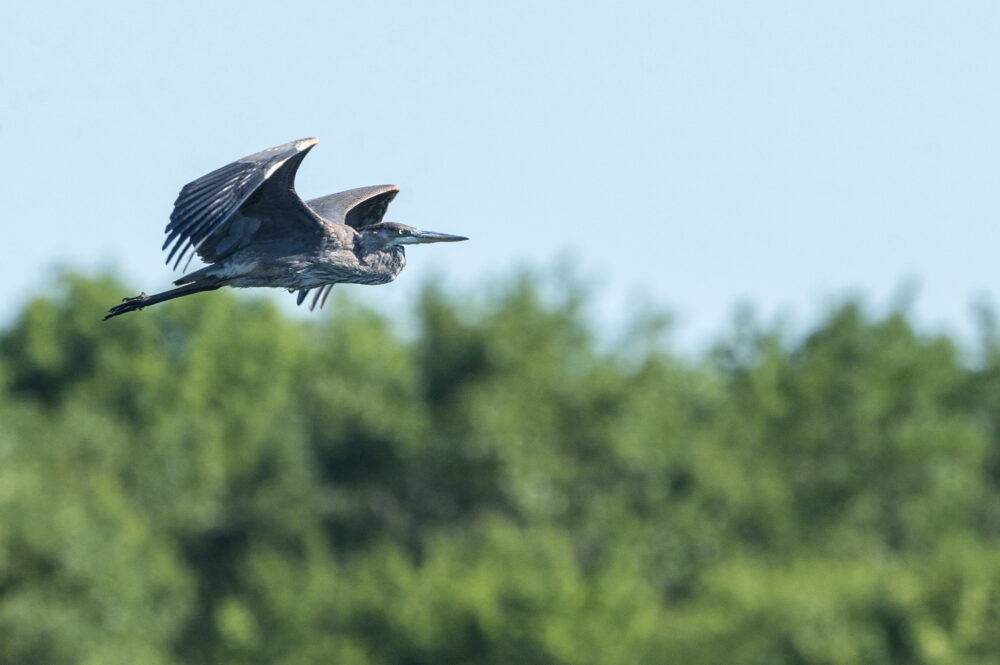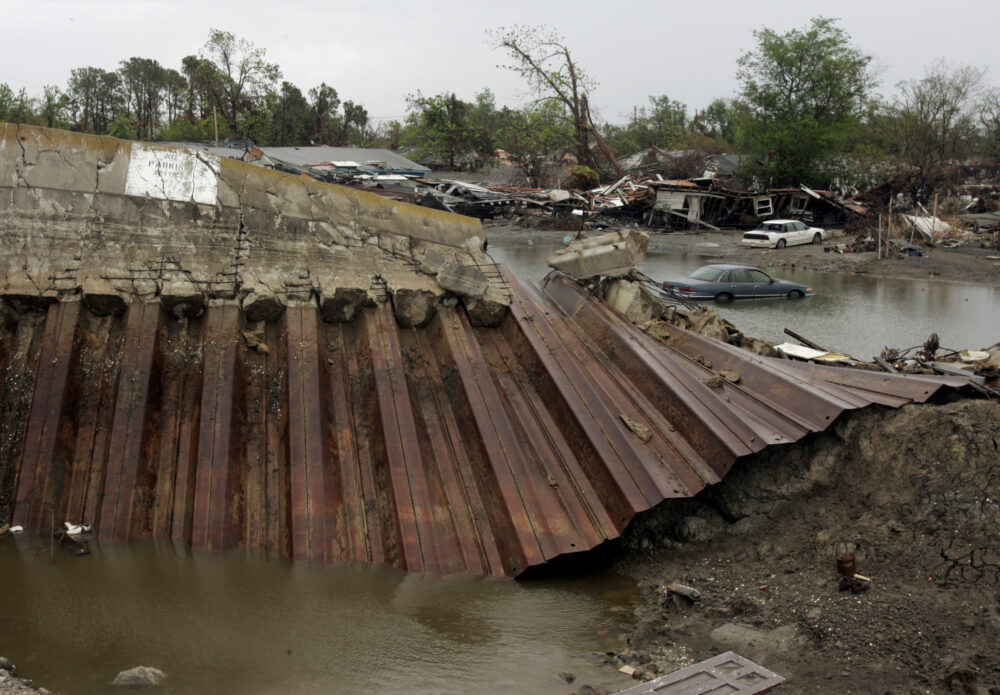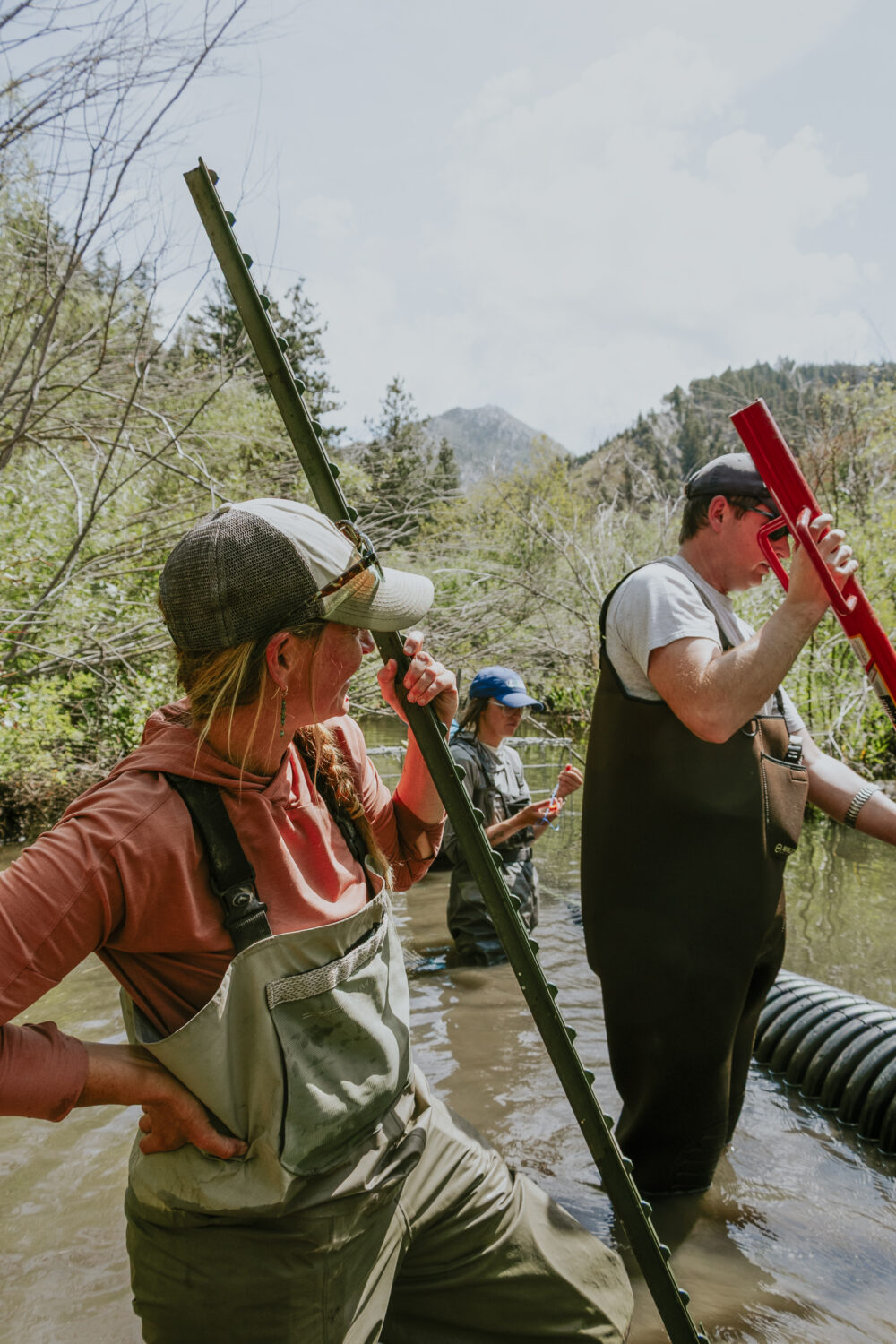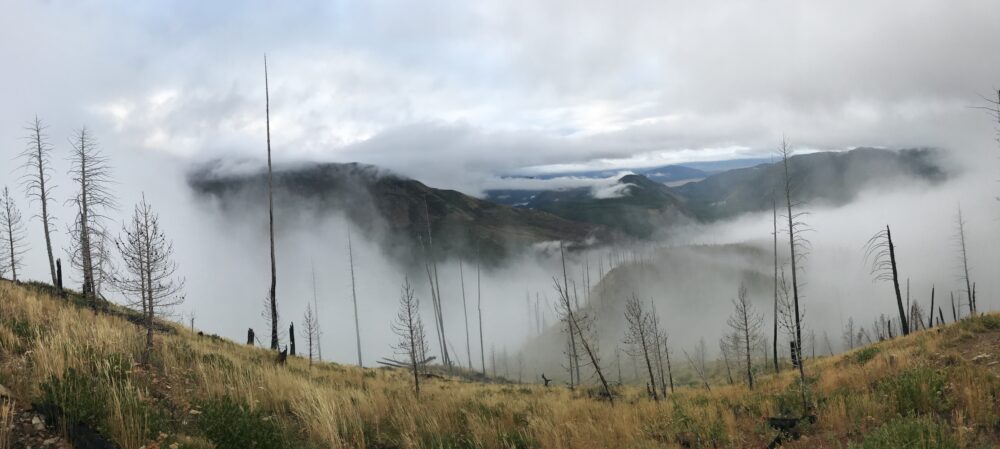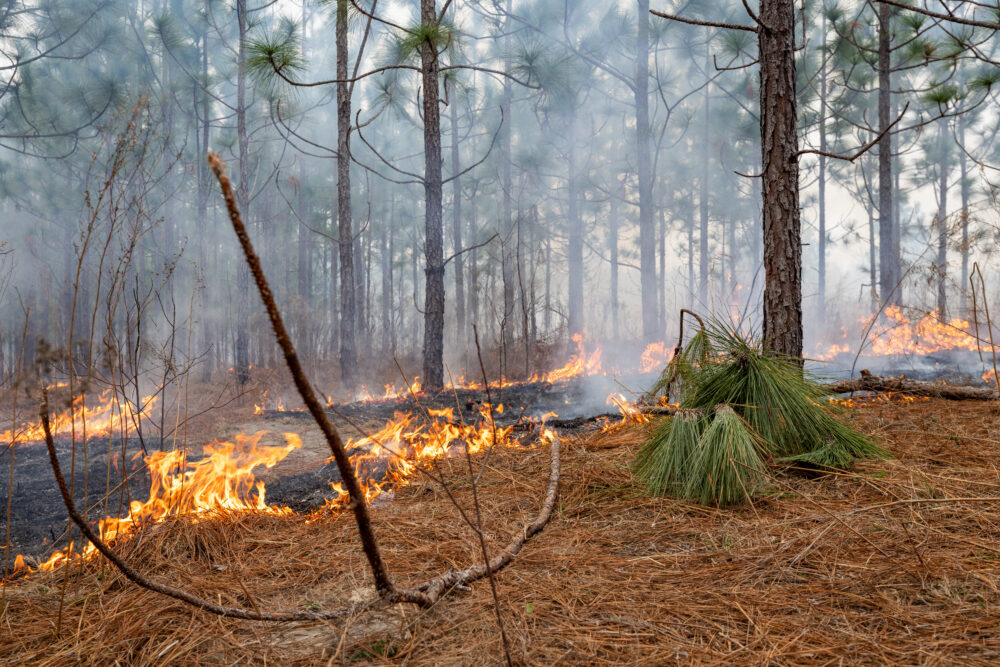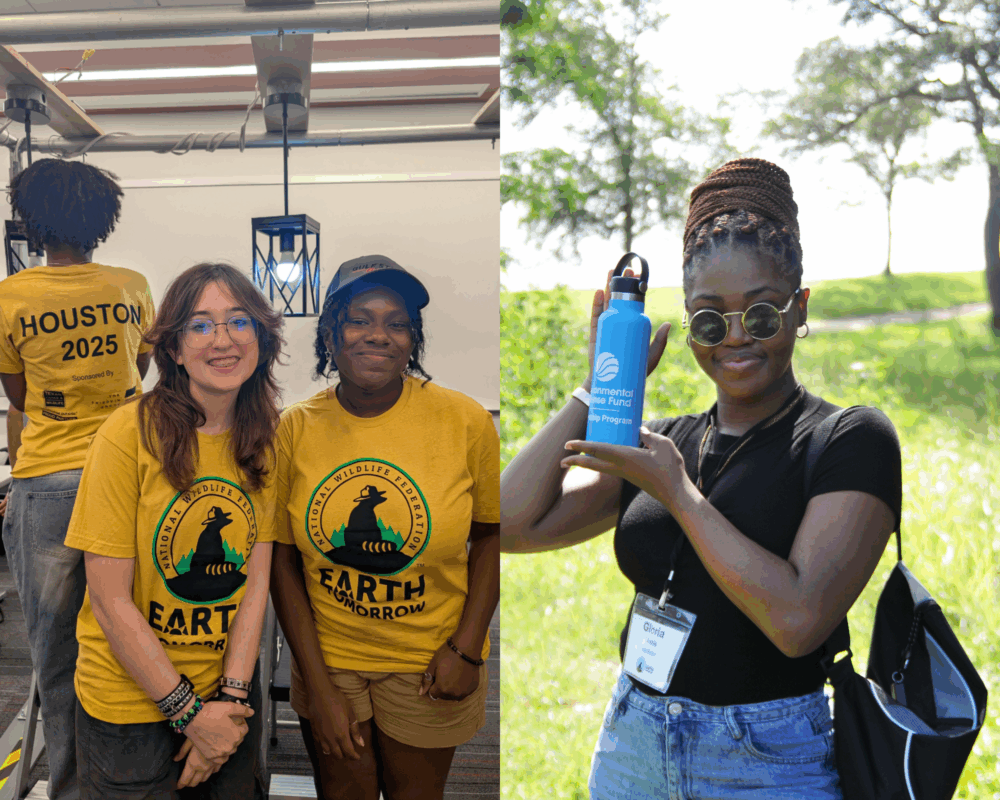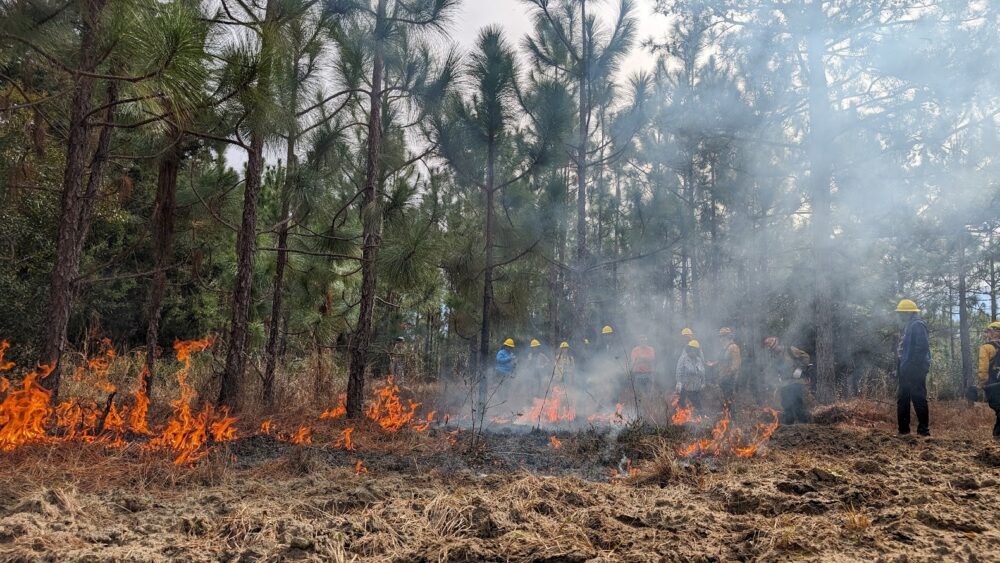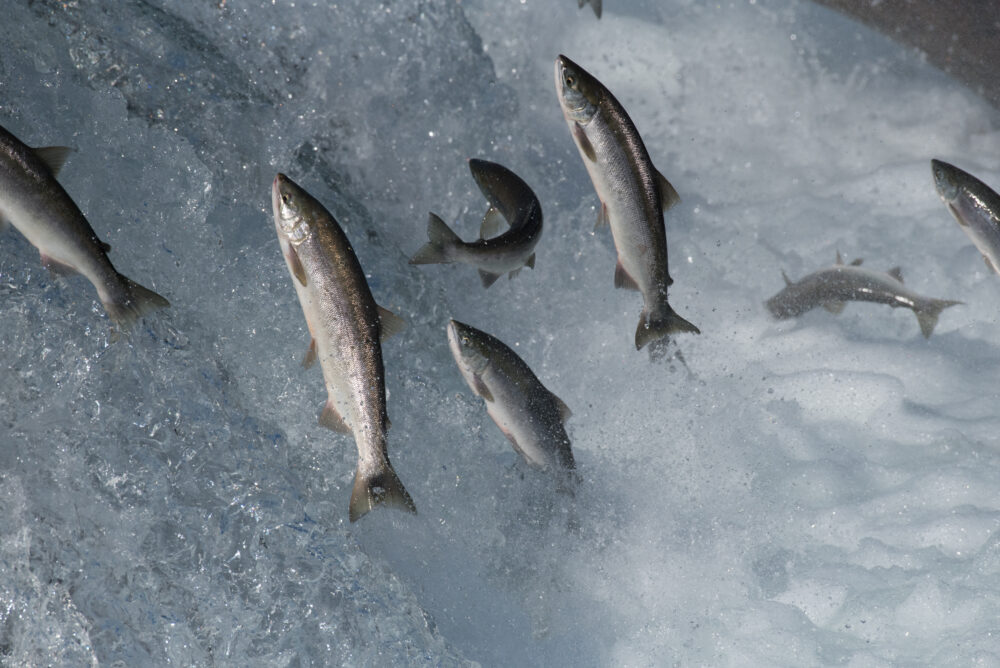We have much more to do and your continued support is needed now more than ever.
Michigan’s Sleeping Bear Dunes Gains Wilderness Protection
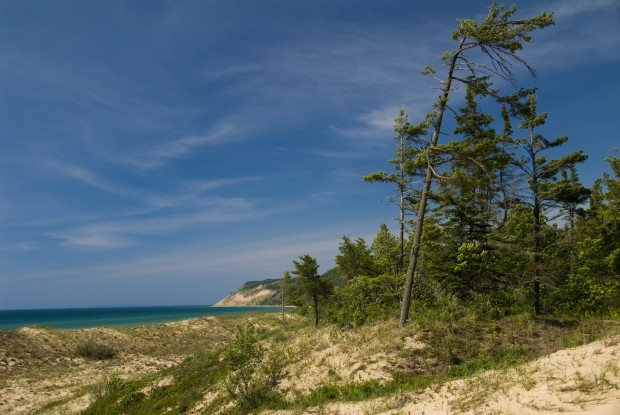
That’s why I’m super excited that Congress voted (unanimously) this week to permanently protect over 32,500 acres of Sleeping Bear as wilderness, the highest level of protection for any piece of public land. Amazingly, it was the first bill passed by Congress in nearly five years that protects even just a single acre of land as wilderness.
“The Most Beautiful Place in the Country”
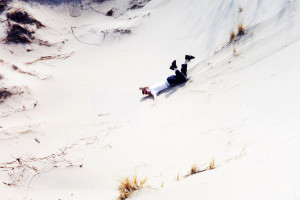 The Sleeping Bear Dunes National Lakeshore is a great place to break the drought on wilderness bills. In 2011, ABC’s Good Morning America recognized it as the most beautiful place in the U.S., with sandy beaches, crystal-clear water, and bluffs that tower up to 450 feet in the air and plunge into Lake Michigan at absurdly steep angles.
The Sleeping Bear Dunes National Lakeshore is a great place to break the drought on wilderness bills. In 2011, ABC’s Good Morning America recognized it as the most beautiful place in the U.S., with sandy beaches, crystal-clear water, and bluffs that tower up to 450 feet in the air and plunge into Lake Michigan at absurdly steep angles.
I’m somewhat of a dune-jumping expert, as you can see by my photo, and the sand dunes here are the cream of the crop. People also travel from around the world to recreate in the backcountry areas in and around the lakeshore, including North and South Manitou Islands.
Wildlife Love Wilderness
Wilderness areas play a really important role to protect clean air, clean water, and of course, wildlife. Many animals, including large mammals like the bear, wolf, moose, elk, and wolverine (Michigan is also known as the “Wolverine State” even though no wolverines live there) need the large, undisturbed habitat that wilderness provides. Millions of birds use wilderness as nesting and wintering grounds, and resting places during migration.
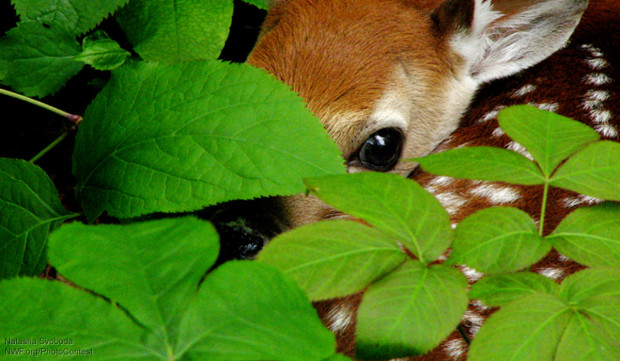
Preserving America’s Outdoor Heritage
Now that the 5 year seal on wilderness bills has been broken, I hope it will lead to other opportunities to protect some of our most cherished landscapes across the country. For instance, the North Fork Watershed Protection Act (first introduced by former Senator Max Baucus) was just passed by the House of Representatives, and would create permanent protections on 430,000 acres along the north and middle forks of the Flathead River in Montana, placing this spectacular area near Glacier National Park off limits to mining and oil and gas development. The Obama administration also seems to be looking for ways to create new wildlife refuges and national monuments.
Unfortunately, there are also a lot of proposals in play that would open up millions of acres of forested lands to unchecked logging, eliminate environmental review for energy projects, or even sell off our public lands or transfer federal lands to states, placing them at risk for all types of development. As important as it will be to build momentum to preserve places that deserve protection, we must also make our voices heard that undoing the progress of the past is unacceptable.
Learn More
Your voice makes a difference with our decision-makers on these issues. Learn more at www.nwf.org/publiclands.






